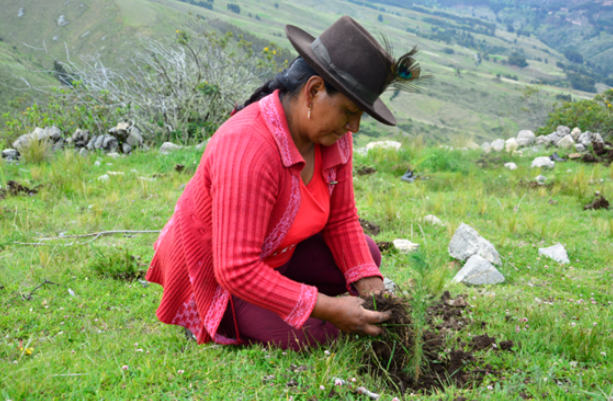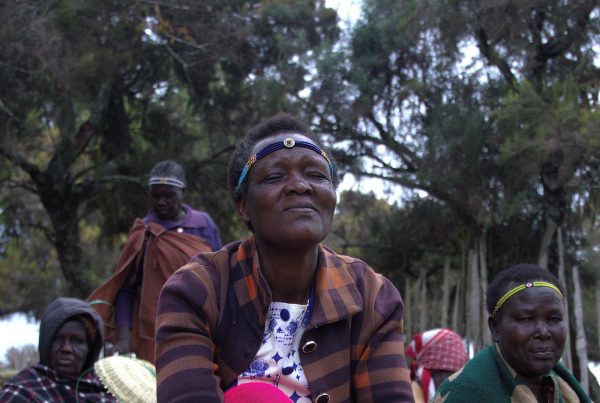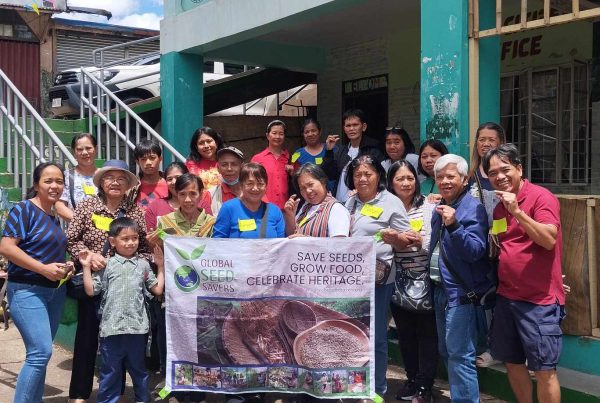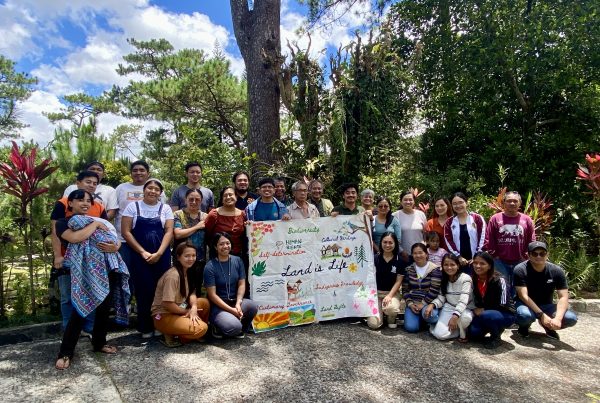In February 2024, members of the indigenous Quechua communities of Cayara and Hualla in Ayacucho, in alliance with the municipalities of these districts and the Regional Department of Agriculture of Ayacucho, carried out an important reforestation work during the rainy season in the Andes. In just three days of work, they planted 16.80 hectares of trees, the approximate equivalent of 23 football fields.
Wild species were used, such as queñual (Polylepis), which is especially adapted to the altitudes of the Andes. This species performs multiple key ecological functions, such as capturing rainwater to feed springs and rivers, regulating the climate, preventing erosion, improving soils, protecting biodiversity and supplying water to local communities. In addition, pine, molle, alder and cedar trees were planted, which also collect groundwater.
On the other hand, the Yanesha people in November also reforested 11.5 hectares in four communities in the districts of Villa Rica and Palcazú in the Pasco region. They planted tornillo and quilla sisa through communal work led by indigenous conservation advocates. The tornillo tree species (Cedrelinga) is valued in the market for its timber quality. On the other hand, the Yanesha use the sisa keel as a natural dye in their textile handicrafts.
These initiatives are crucial for the conservation of ecosystems in the Andes and the Amazon, as well as for ensuring sustainable access to water and the preservation of native species, demonstrating the commitment and organisational capacity of these communities to protect their territories and biodiversity.
Type: Article
Region: The Americas
Country: Peru
Theme: Biodiversity Monitoring, Land and resource rights, Community-led conservation
Partner: CHIRAPAQ



